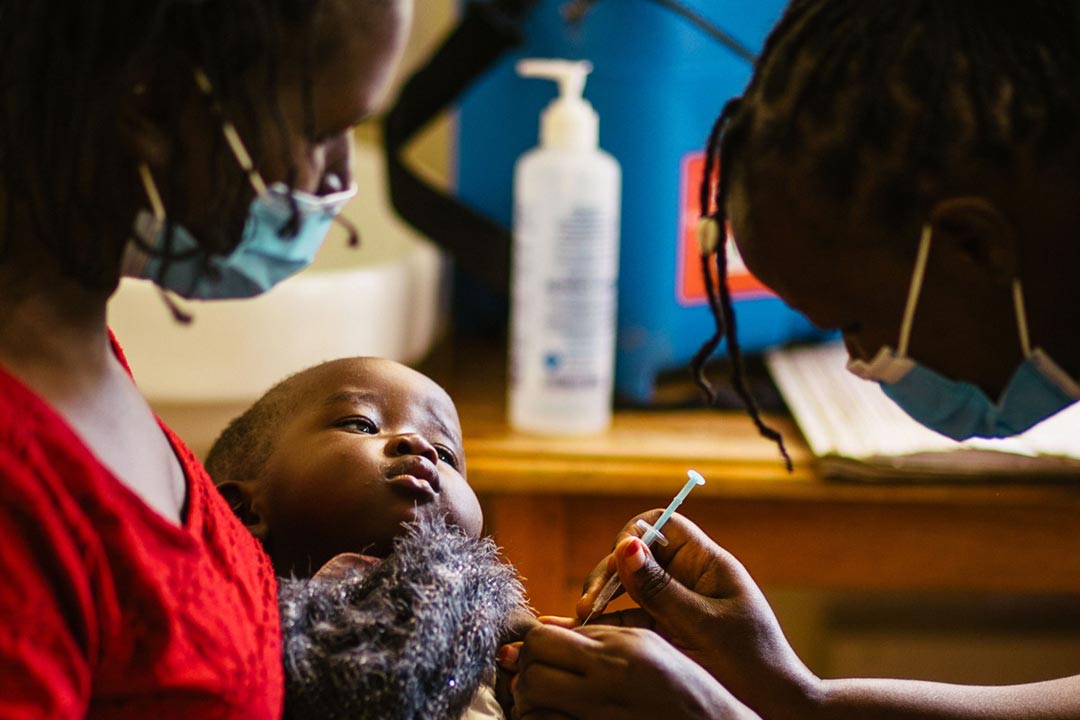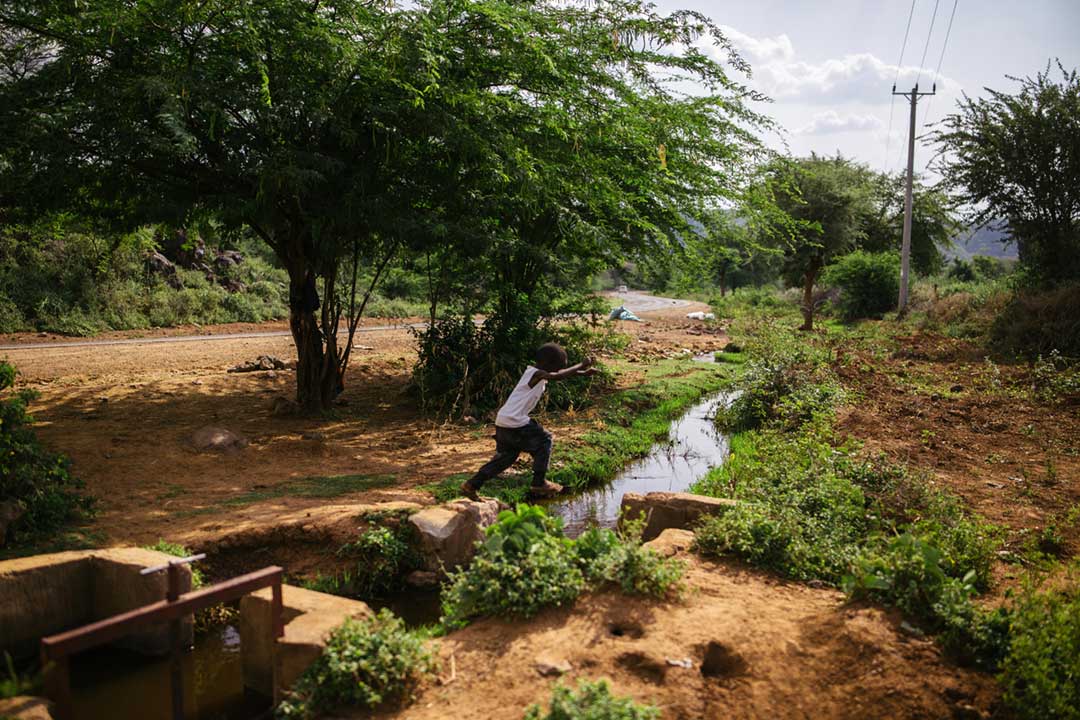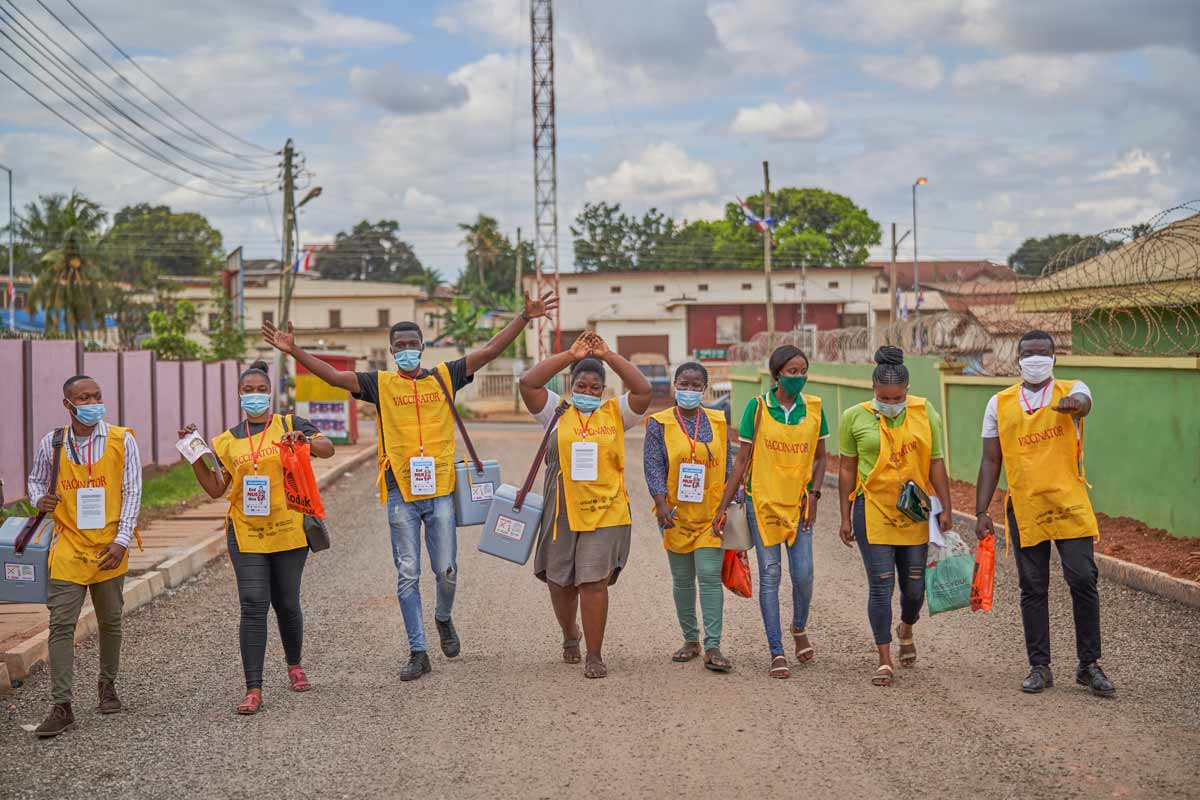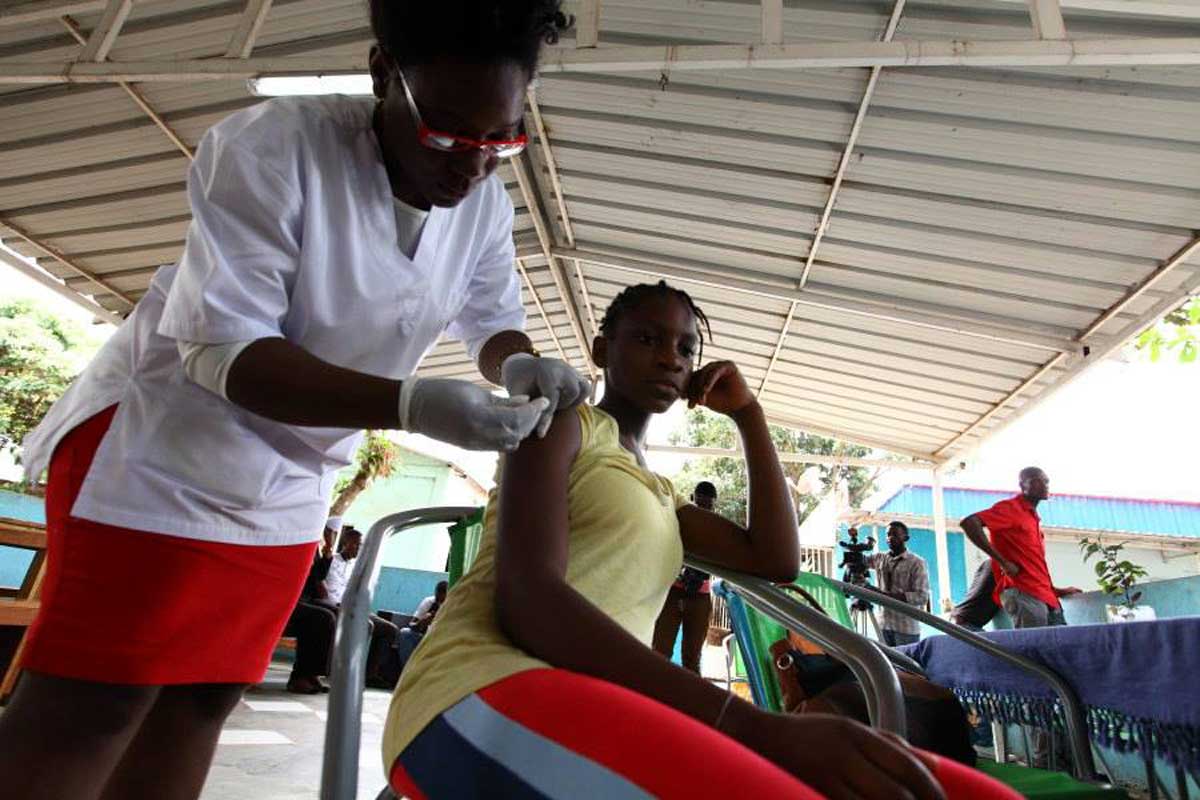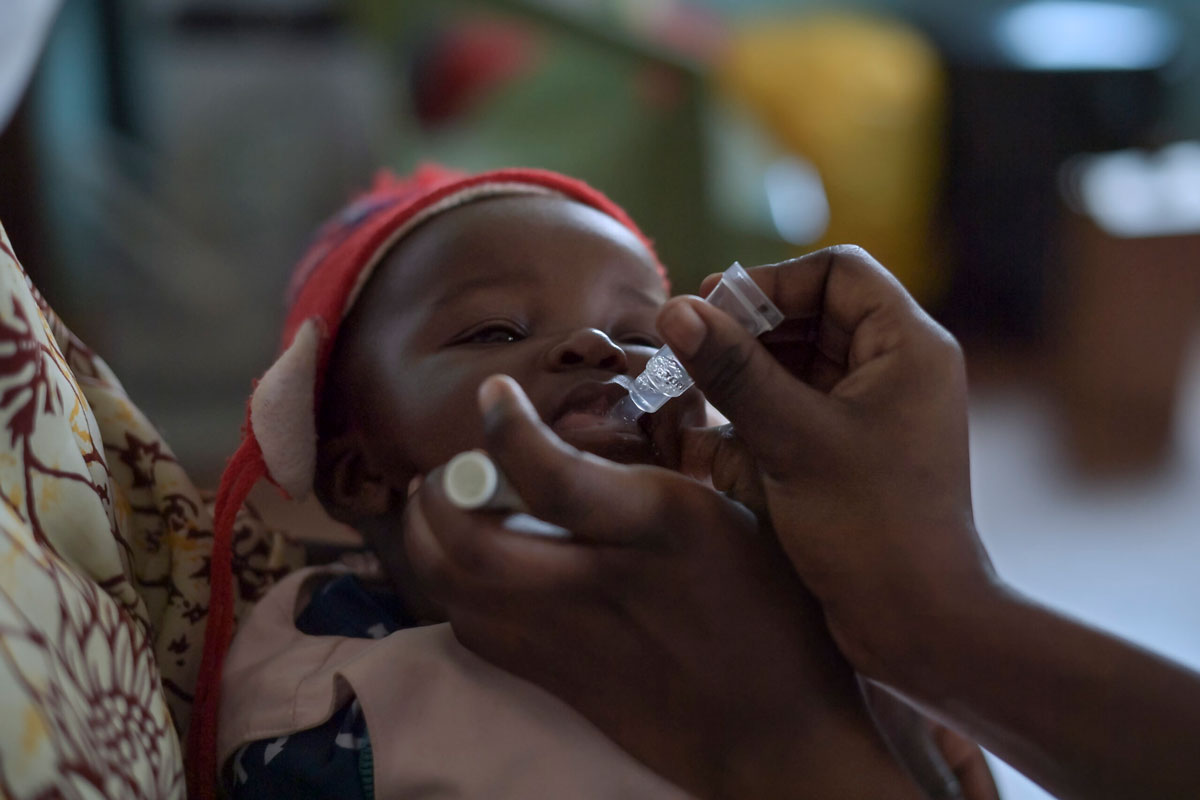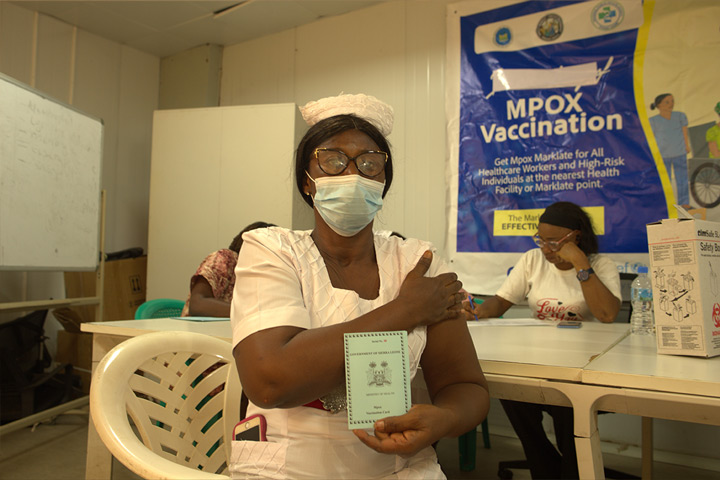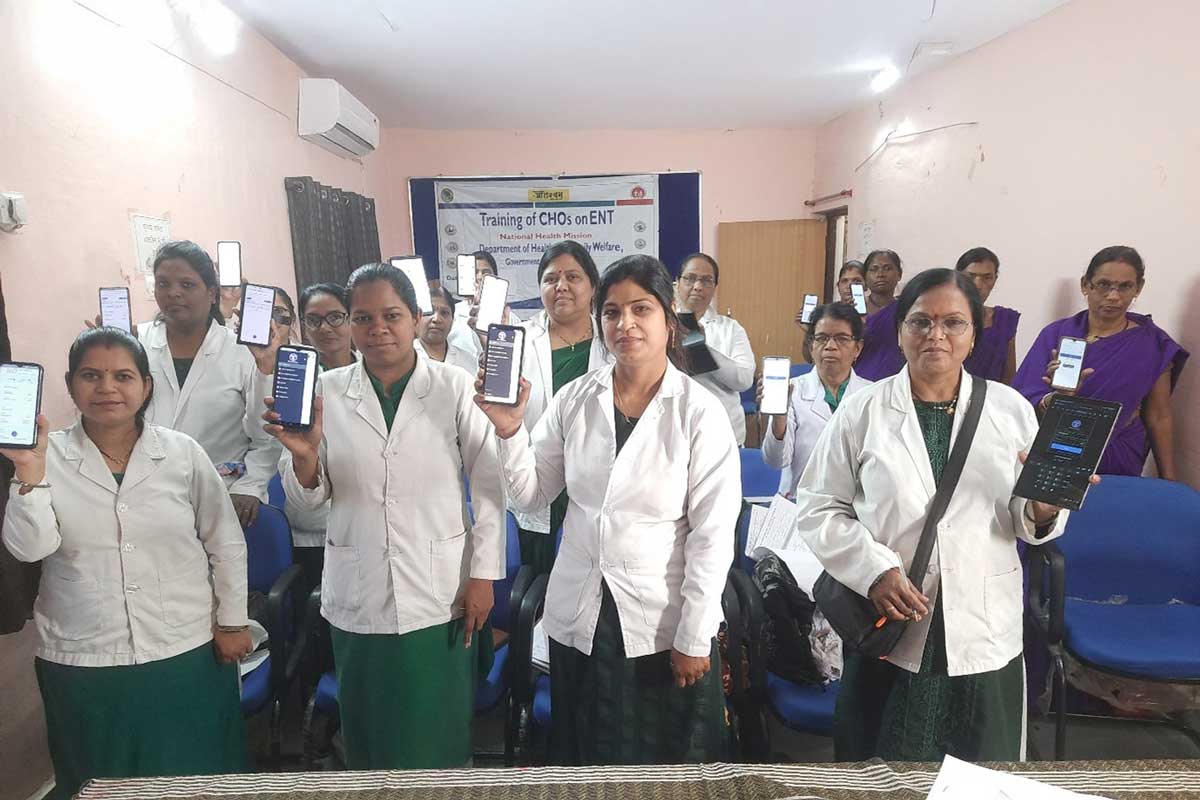Tricky to spot and cumbersome to treat, visceral leishmaniasis turns deadly in arid east Africa
Without treatment, the parasitic disease is an all-but-guaranteed killer, but the current therapy is no walk in the park. Could new drugs make all the difference?
- 26 February 2025
- 7 min read
- by Kang-Chun Cheng
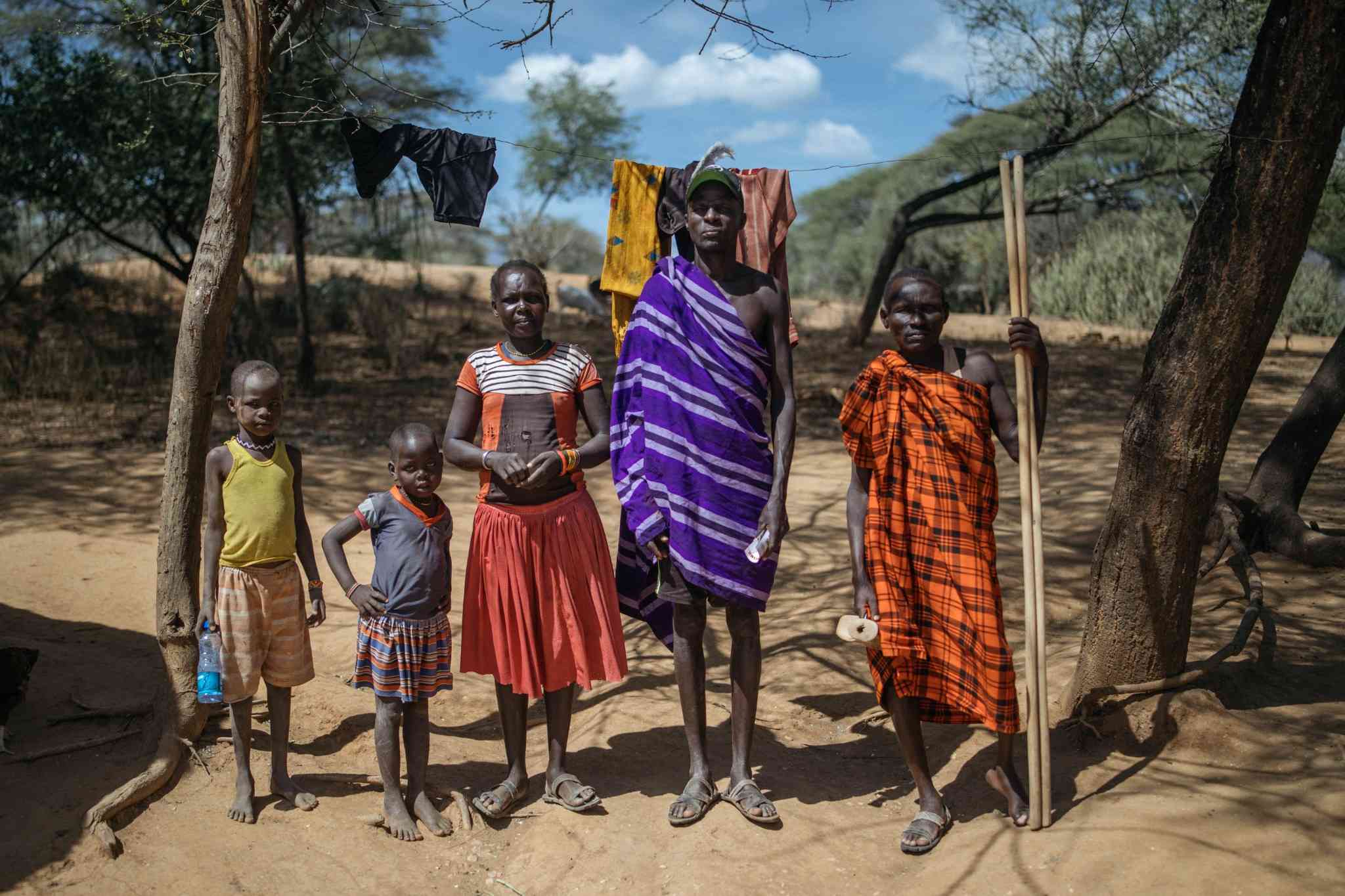
Tightening the straps on his leather jacket, 33-year-old Isaac Nyeris prepares to ride his motorbike to Dungdung, a small village in northwestern Kenya.
Here in West Pokot County, livestock herding remains the major livelihood activity. More than a quarter of residents live in extreme poverty, and public provisions, from healthcare facilities to infrastructure, are thin on the ground. As such, outreach workers like Nyeris, who is employed by the international non-profit Drugs for Neglected Diseases Initiative (DNDi), play an especially important role in public health.
Today, Nyeris is checking in on a family whose six-year-old, Krop Mika, fell ill with visceral leishmaniasis several months ago.
Visceral leishmaniasis (VL) is a parasitic disease that is transmitted by a species of sandfly, and which causes fever, weight loss, and liver and spleen swelling. Also known as kala-azar, VL is the second biggest parasitic killer in the world after malaria, but rarely makes headlines in the west. That’s likely because it’s a disease of poverty and privation, disproportionately affecting children in marginalised communities. Kenya is endemic for VL, and in fact, nearly 90% of the global burden for the disease is found in just seven countries, four of which are in East Africa. Along with Kenya, Sudan, South Sudan and Ethiopia are also heavily impacted.
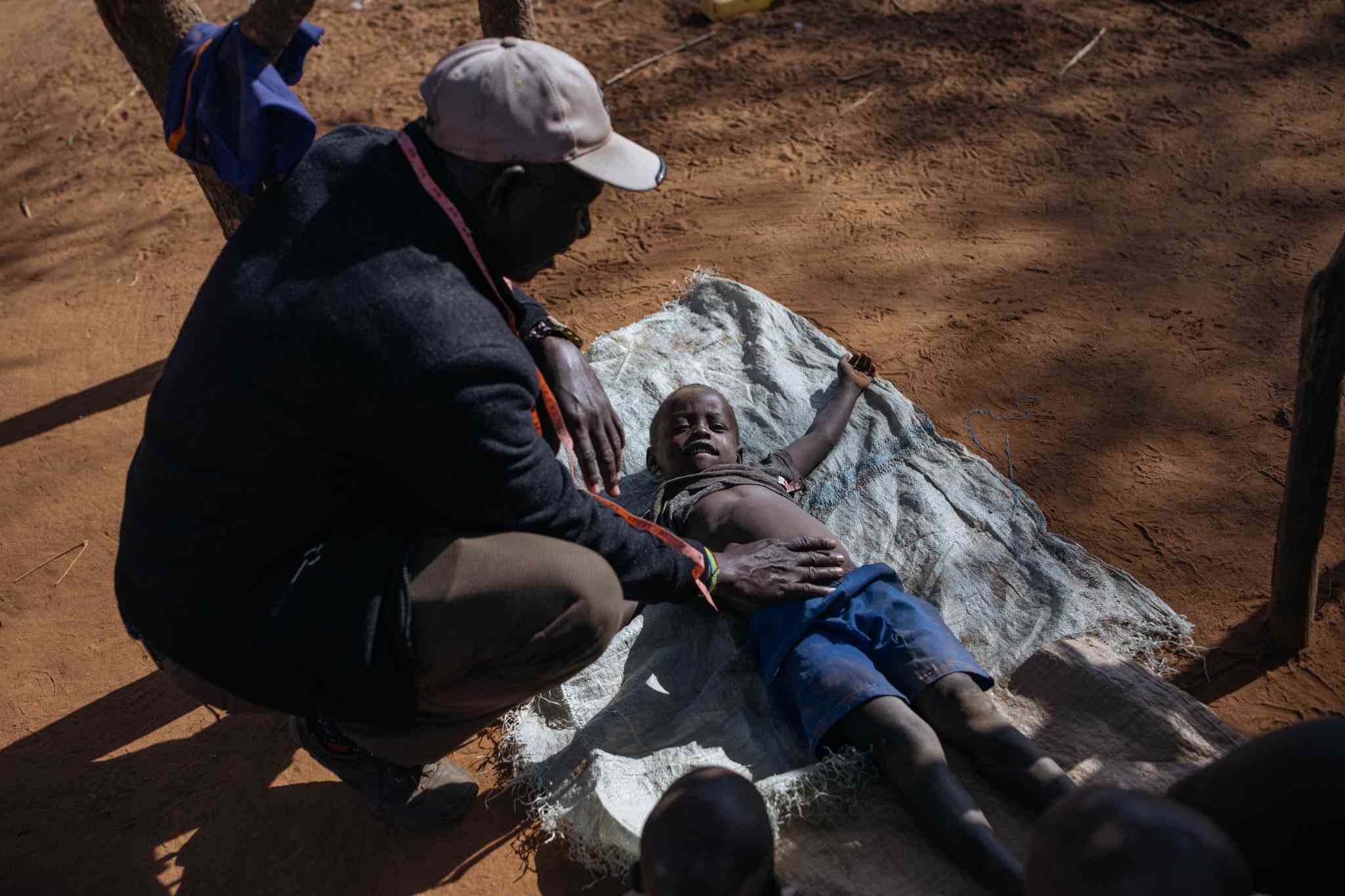
Hard to diagnose, hard to treat
Nyeris, who comes from Kacheliba village in West Pokot, has witnessed first-hand how VL ruptures lives. When he was a child, his uncle nearly died after contracting the disease, having struggled for months to get a proper diagnosis and treatment. Things have improved, but not enough: a lack of awareness of the nature and severity of the illness amongst Pokot communities means that it can still take months for patients to receive the correct diagnosis.
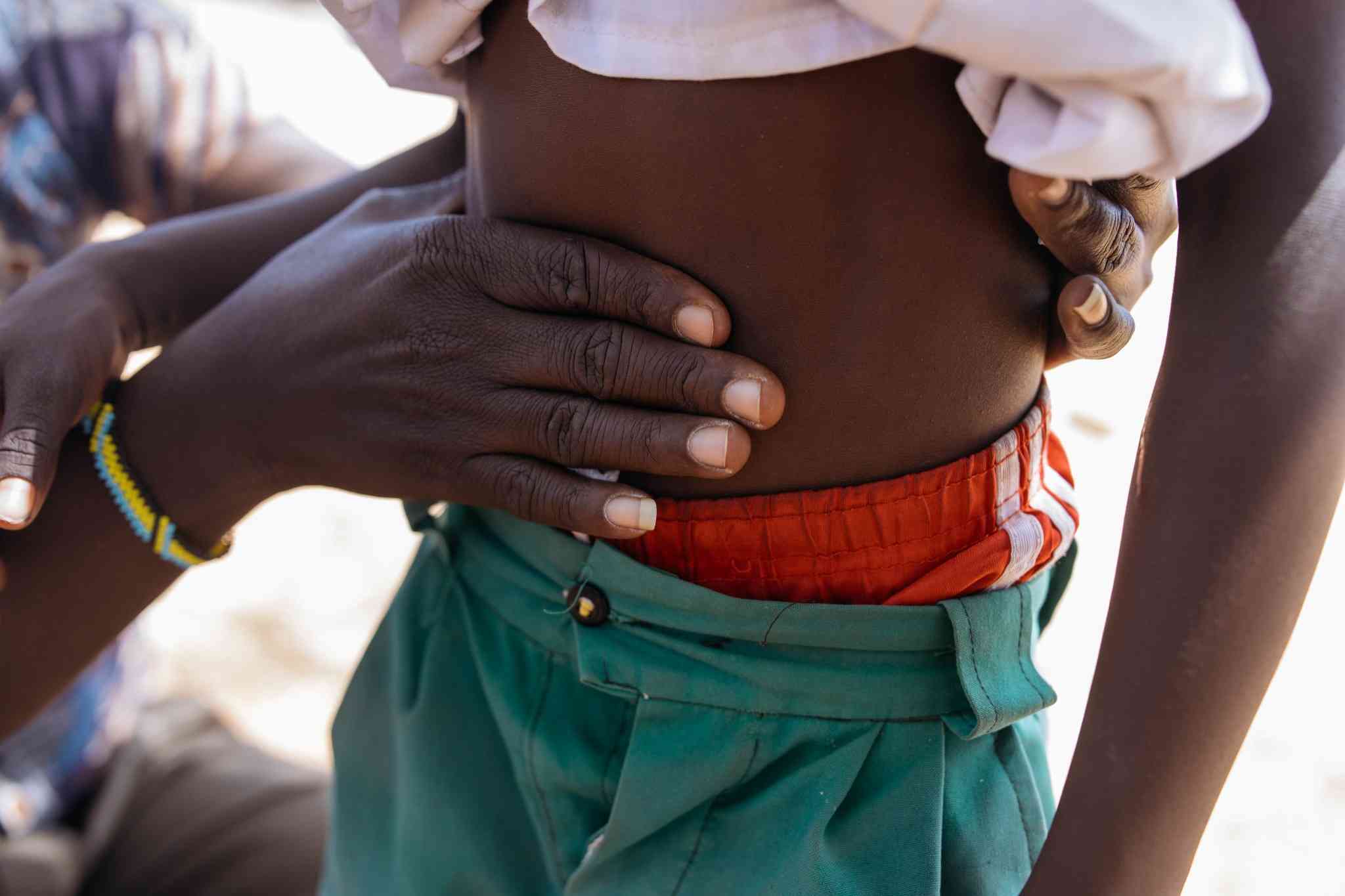
Once a correct diagnosis is arrived at, the treatment course, which requires hospitalisation, is far from easy. Currently, the most commonly available treatment is an unfortunately toxic cocktail of sodium stibogluconate (SSG) and paromomycin (PM), administered in 34 painful injections across 17 days. Nevertheless, the alternative is far worse: without treatment, cases of VL almost always end in death.
Nyeris calls Mika over from where he’s playing with some of his siblings and neighbours’ children. The boy lies down on a shuka blanket for an examination, and Nyeris palpates his lower left side carefully, feeling for an enlarged spleen – one of the major indicators of a kala-azar infection.
Have you read?
There’s nothing worrying to note, and Nyeris is pleased. This is the second time he’s followed up on Mika since the boy underwent treatment late last summer. A village elder had mentioned a local child’s “on and off” symptoms of listlessness and fever; Nyeris had followed the lead, tracking Mika down before sending him to nearby Sigor Sub-County Hospital, seven kilometres away, for treatment.
“My children get sick all the time,” says Roda Chelimo, Mika’s mother, who is roughly 34 years old. She sighs as her youngest child fusses as he nurses. “It’s usually typhoid, malaria, some kind of fever.” When someone falls ill, Chelimo usually takes them to Dungdung dispensary, just a kilometre away. But in Mika’s case, she had brought him to the dispensary twice, convinced that something was afflicting him. Both times, they had turned her away, saying the boy seemed “strong”. It was not until Nyeris’s visit that Mika had gotten the referral and treatment he needed.
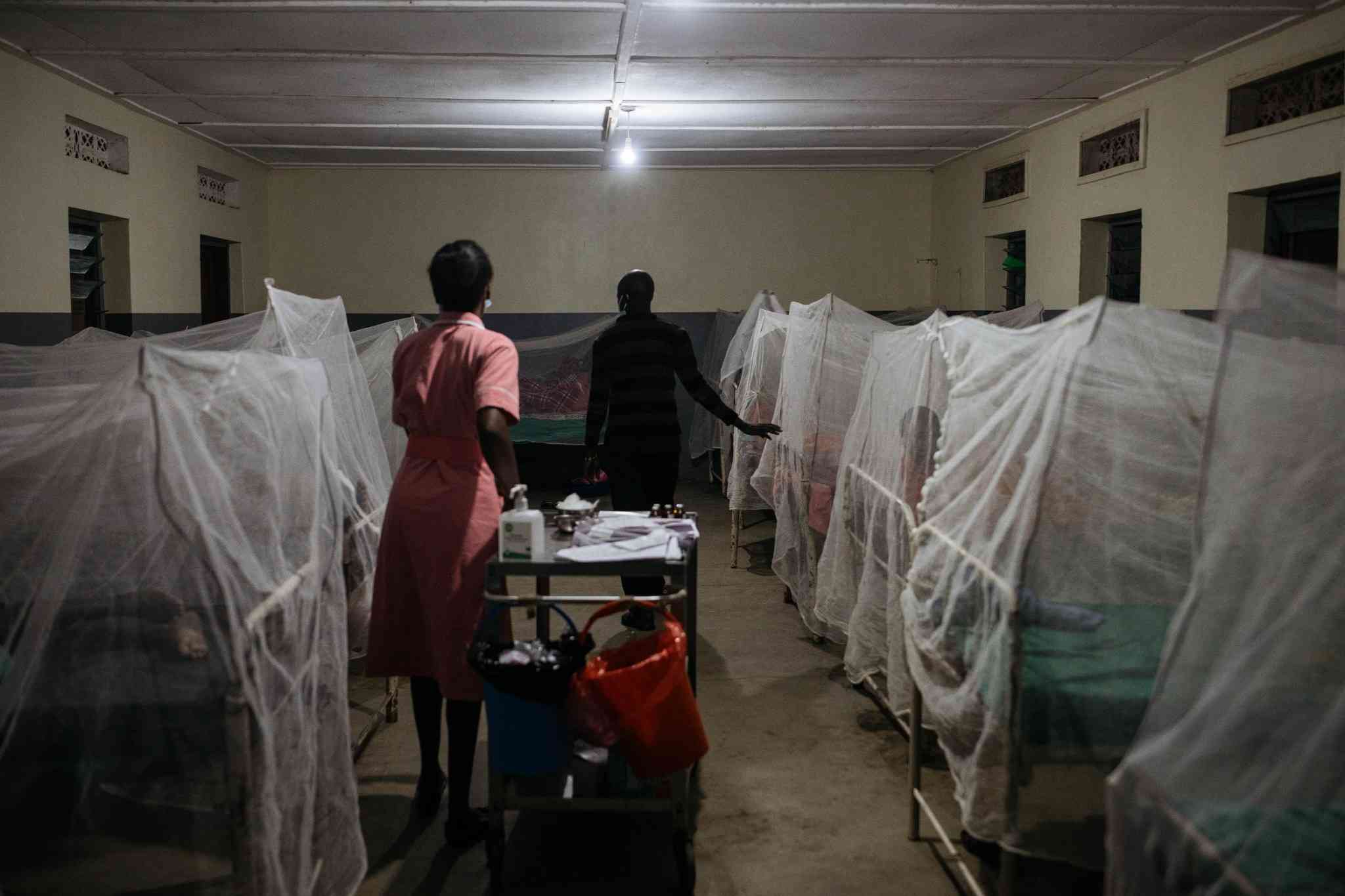
Poorest of the poor
Patrick Sagaki, a doctor and superintendent of Amudat Hospital from Jinja, Uganda, has been focusing on VL since 2007, when he was first stationed at the health clinic in the northeast of the country, a skip across the Kenyan border. The vast majority of his patients are Pokot herders, although there are also other pastoralists from northern Kenya who are referred to Amudat Hospital through DNDi’s outreach program.
Kala-azar is particularly difficult to control because it affects only the poorest of the poor, Sagaki explains. The communities it hits are often disproportionately illiterate, and frequently live in places poorly served by roads and public transport, making them remote from health facilities. In these settings, identifying cases means conducting active searches, the doctor continues. “This is, of course, very costly. If it weren’t for DNDi, [care] probably couldn’t reach most of these Pokot.”
Furthermore, sandflies thrive in dry, arid places such as Uganda’s Karamoja and northern Kenya, which geographically constitute a small part of the world, Sagaki adds.

A 150-kilometre journey
Pkiror Adumgudung (44) is a Pokot herder living in Narukum village, not far from Dungdung, with his two wives and a brother. Like many Pokot, he and his family are food insecure and chronically malnourished, which has problematic effects on their immune systems. On an average day, they consume tea and meagre servings of ugali (maize meal), milk, and either vegetables they cultivate or foraged leaves.
Earlier last year, Adumgudung was inflicted with fatigue, back pain, fever, headaches and nose bleeds. He was treated for malaria, typhoid and even brucella, but none of the treatments proved effective. “For the first time in my life, I was feeling very cold, and weak,” he recalls.
After months of suffering, a neighbour at last stepped in, suggesting that perhaps Adumgudung had contracted kala-azar. His brothers pitched in 5,000 Kenyan shillings (about US$ 39) – a significant sum for people without regular incomes – to pay for his boda boda (motorbike) ride to a VL treatment centre in Kacheliba, 150 kilometres away. “I had never heard of this disease before contracting it,” says Adumgudung. Unfortunately, that isn’t uncommon, notes Nyeris.
New drugs on the horizon
While improved access to healthcare and better awareness are irreplaceable for VL control, better drugs could help a lot. New therapies for VL are in the works – one investigational therapy, currently being trialled by DNDi in Gondar, Ethiopia, is fully oral, and could potentially remove the need for hospitalisation altogether.
Another trial that DNDi has been supporting concurrently is further along the research track: still hospital-based, this treatment protocol nevertheless promises to be more patient-friendly than the currently prevalent drug combination. The combination of miltefosine (MF), an oral drug, and paromomycin (PM), an injectable antibiotic, concluded phase III trials at seven sites in Kenya, Uganda, Sudan and Ethiopia in May 2020.
Like the established PM/SSG therapy, the study found the new MF/PM protocol had a high efficacy rate of over 91%. But the new treatment demanded patients undergo one fewer injection per day, and endure treatment course that was shorter by three days. Moreover, patients were able to circumvent SSG-associated risks, such as heart toxicity. The World Health Organization is slated to update its guidelines on MF/PM use in early 2025.
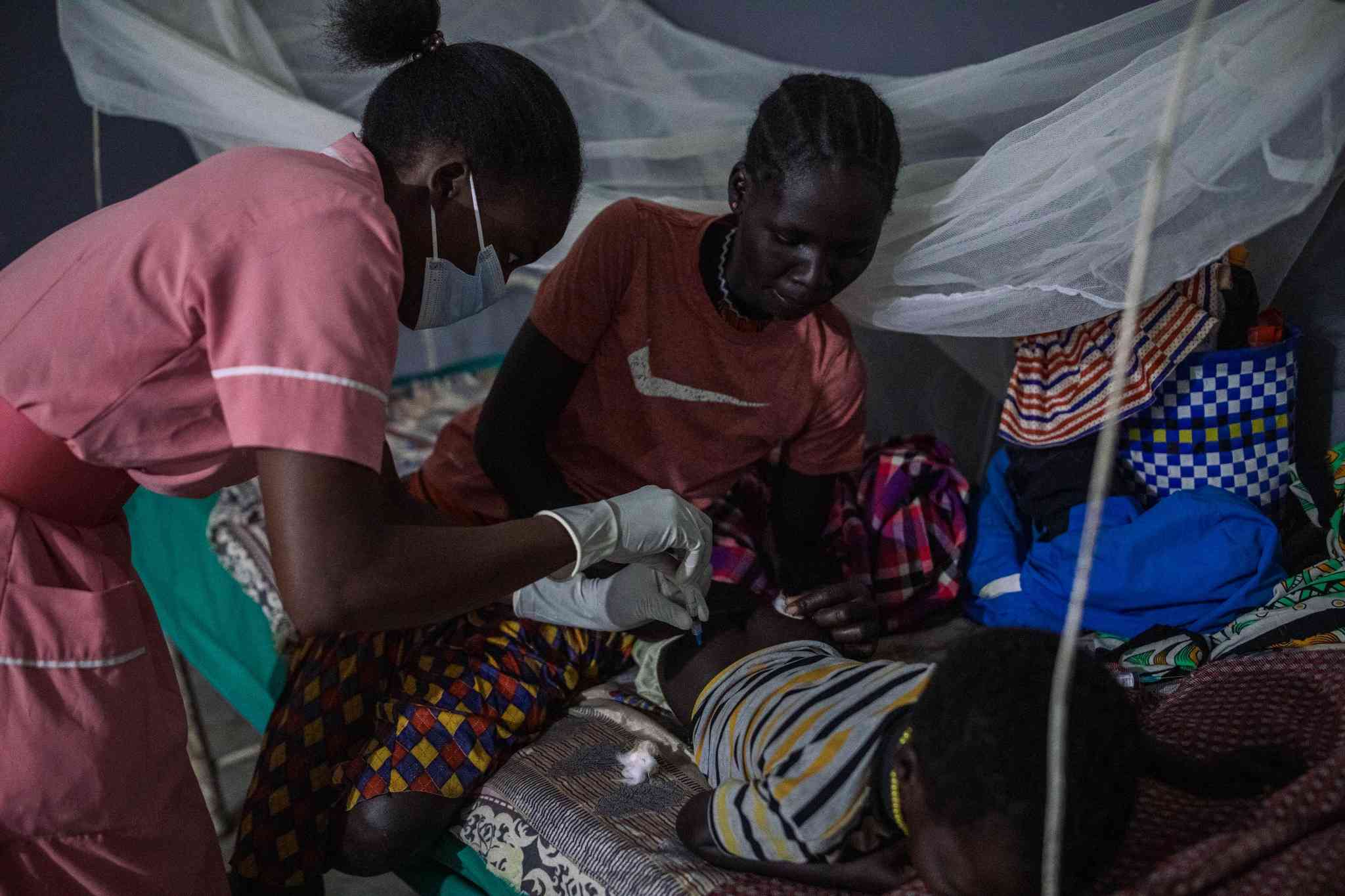
The Pokot commonly refer to kala-azar as termes, which means spleen in the local language – an indicator of increased awareness in Pokot communities of the clinical signs of the disease. “There’s better sensitisation now [across Karamoja] than 25 years ago,” Sagaki says.
However, many still fail to make the connection between those symptoms and their cause – which means that communities still fail to adopt the preventive measures that can mitigate the risk of exposures to the sandflies that transmit the parasite. For instance, Pokot men often sleep outdoors on the sand, rather than in huts, either out of circumstances (e.g. when herding livestock far from home) or preference, (feeling more ‘free’ out in the open).
And even though he sees gradually improving awareness levels of VL, Sagaki still also regularly encounters Kenyan and Ugandan patients coming in with evidence of traditional treatments, such as burn marks on their torsos. “Many come in with these marks, or late,” he says. “The new oral treatment, which [would] be easier to administer, it [would] definitely help the global fight against kala-azar.”

